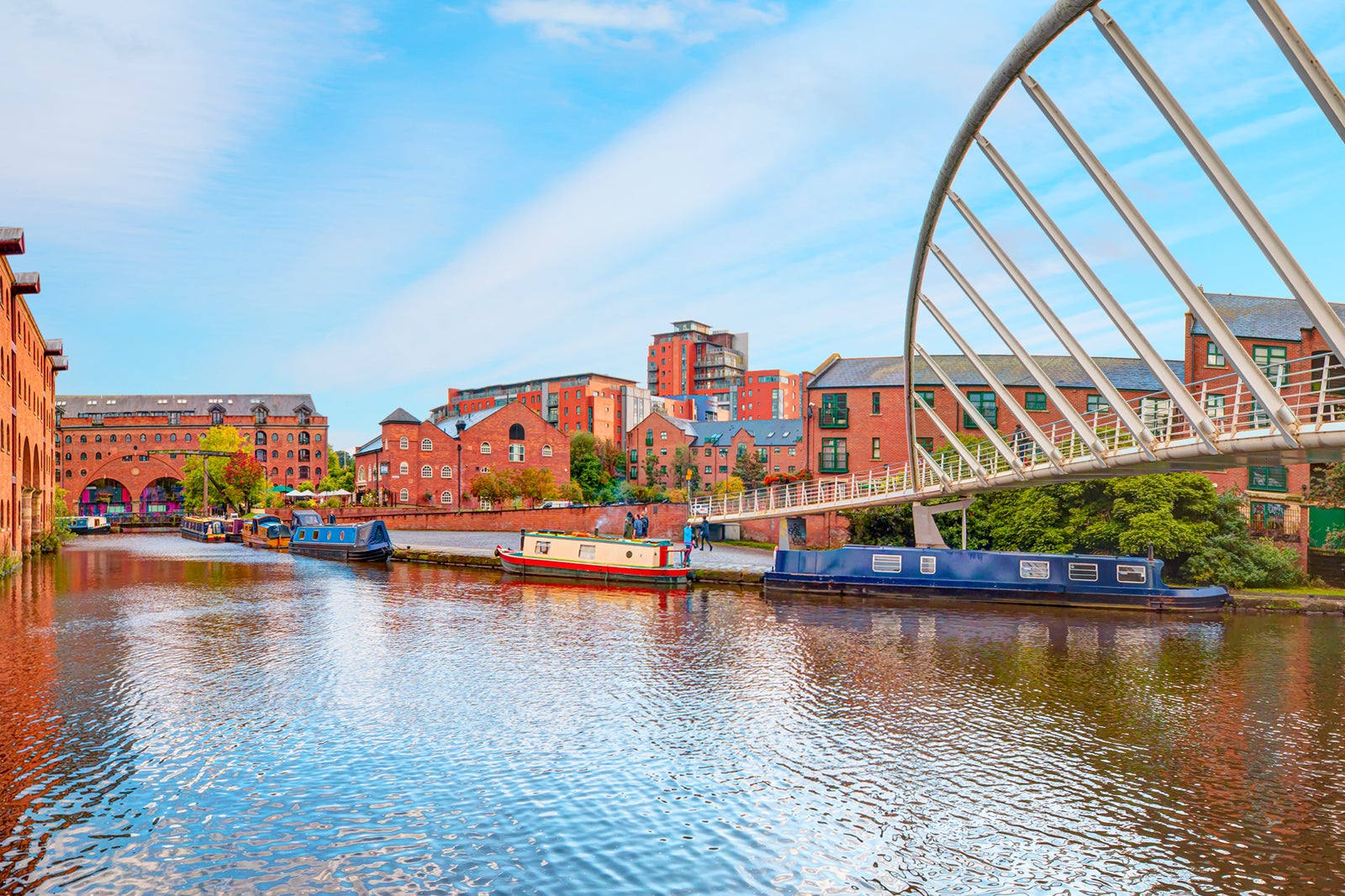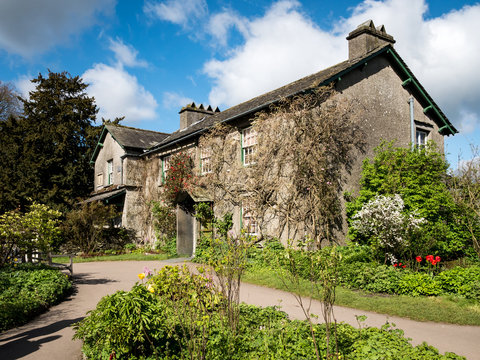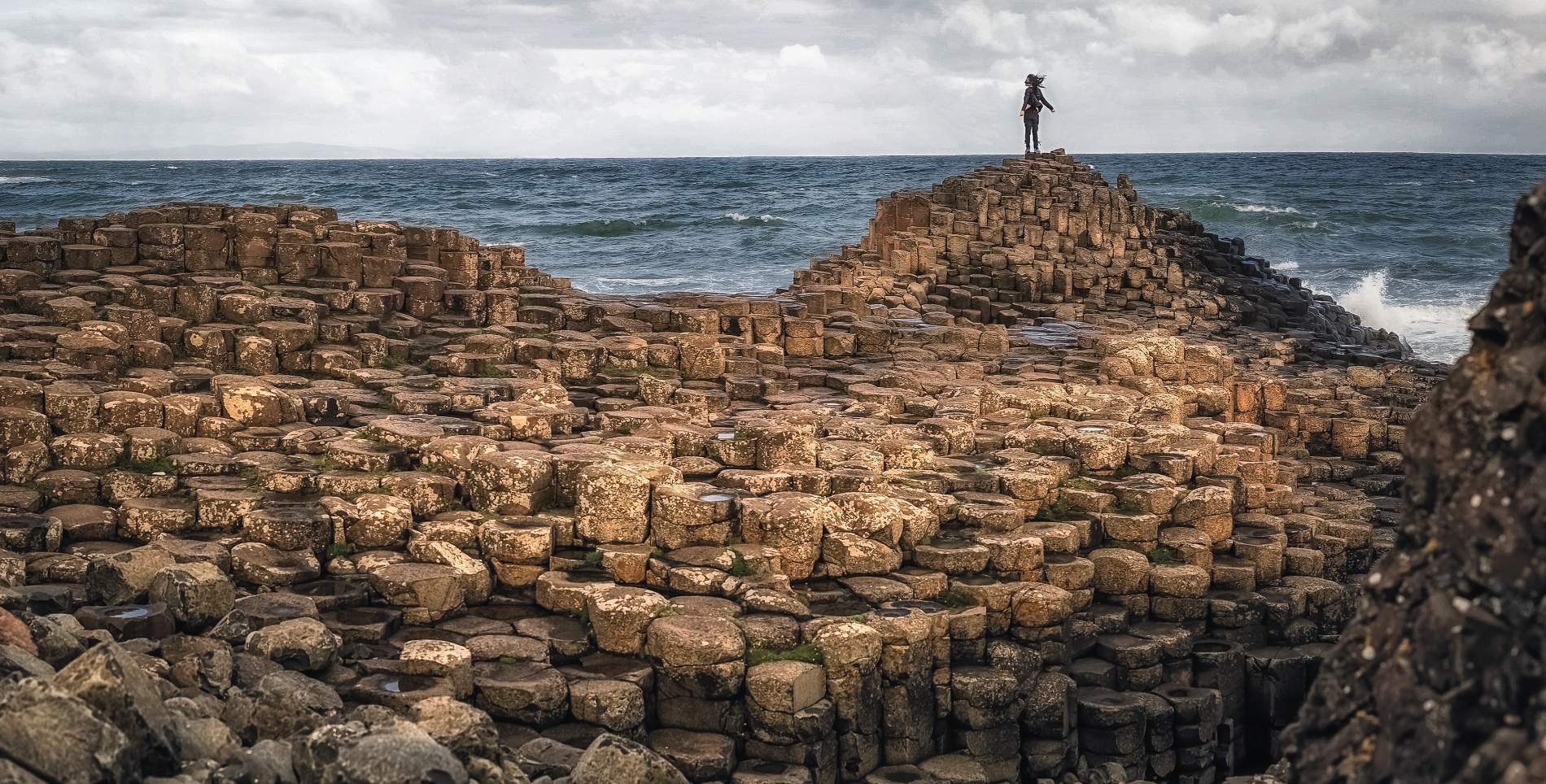-
National Trust
created by Lorenzo Landini, Mattia Aspesi, Pardeep Kumar, Diego Bogani Valentino
-

The National Trust Foundation
The National Trust is an organization in the United Kingdom that works to preserve and protect places of historic interest and natural beauty. It was founded in 1895 by three individuals who were concerned about the increasing threat to historic buildings and landscapes from development and neglect. The Trust began by acquiring properties at risk of being lost forever, such as historic houses, gardens, and countryside areas.
-
Preserving Britain's Treasures
Over the years, it has grown to become one of the largest landowners in the UK, caring for over 500 historic houses, castles, gardens, and parks, as well as miles of coastline and countryside. The National Trust is funded by membership fees, donations, and revenue generated from its properties, and it relies heavily on volunteers to help with conservation efforts and visitor services. Its mission is to preserve these special places for future generations to enjoy and learn from.

-
Exploring themes to LGBTQ+ communities
Episode 1: Queer histories at the National Trust
Clare Balding investigates LGBTQ history at National Trust sites. She meets with writers who have unearthed these stories. Dress historian EJ Scott joins her at Kingston Lacy in Dorset, once home to William John Bankes, who amassed a collection while in exile for same-sex acts.
Episode 2: Creative retreats
Clare explores secluded spaces crucial for LGBTQ artists and writers to express themselves. EJ Scott visits Bucks Mills Cabin in Devon, once inhabited by Judith Ackland and Mary Stella Edwards, a renowned same-sex couple.
Episode 3: Traces
Clare uncovers LGBTQ lives often omitted from history. EJ Scott explores Sissinghurst Castle Garden in Kent, focusing on its LGBTQ residents and Dawn Langley Simmons, initially Gordon Langley Hall.
-
Exploring themes to LGBTQ+ communities
Episode 4: Women's intimacy
Clare delves into taboo relationships among LGBTQ women. EJ Scott visits Smallhythe Place in Kent, once shared by Edy Craig and two other women for over 30 years.
Episode 5: Parties and performances
Clare discusses queer performance with Queer Theorist Matt Cook and performer Seiriol Davies. EJ Scott explores the life of Henry Cyril Paget, known as 'The Dancing Marquess,' at Plas Newydd in Wales.
Episode 6: Queer history in the ancient world
Clare explores LGBTQ culture in ancient Rome with Stuart Frost at Hadrian's Wall, highlighting its significance to the LGBTQ community.

-
Behind the scenes
there's ongoing content planning and creation to showcase various National Trust properties, events, and conservation efforts.
Web developers maintain and update the website's infrastructure to ensure it remains secure, functional, and compatible across different devices and browsers.
Digital marketers work on strategies to drive traffic to the site through SEO, social media, email campaigns, and partnerships.
Additionally, efforts are made to collect and analyze user data to continually improve the site's performance and user experience.
Collaboration among various teams is key to effectively communicating the National Trust's mission and encouraging support and engagement from the public. -

The transformation of Manchester’s Castlefield Viaduct
The transformation of Manchester's Castlefield Viaduct into a 'garden in the sky' aims to repurpose the disused railway into a green space for public enjoyment.
Elevated gardens, walkways, and recreational areas will adorn the historic structure, promoting urban biodiversity, sustainable development, and preserving architectural heritage.
This innovative project signifies a creative approach to urban revitalization, fostering community engagement amidst bustling city streets. -
Hill Top
Hill Top, former home of children's author Beatrix Potter in Near Sawrey, Cumbria, England, now preserved by the National Trust, welcomes visitors as a museum.
Exploring the 17th-century farmhouse and gardens offers insight into Potter's life and creative process.
Original drawings, manuscripts, and personal belongings on display provide a magical experience, bringing Potter's timeless tales to life for fans and visitors alike.
-

Sutton Hoo
Sutton Hoo, an archaeological site near Woodbridge in Suffolk, England, gained fame in 1939 with the excavation of burial mounds revealing Anglo-Saxon artifacts dating back to the 6th and 7th centuries.
The ship burial, possibly of an Anglo-Saxon king or noble, contained a remarkable collection of treasures, revolutionizing understanding of early English history and culture. -
Red house
Red House, located in Bexleyheath, London, England, was the home of renowned British designer William Morris.
Designed by architect Philip Webb in 1860, it reflects Morris's vision of a functional, aesthetically pleasing home.
Managed by the National Trust and open to the public, Red House showcases Morris's designs for wallpaper, textiles, furniture, and stained glass, offering insight into the Arts and Crafts Movement's influence on late 19th-century design and society. -
A la Ronde
A la Ronde in Devon is a unique 16-sided house containing a wealth of treasures.
A la Ronde was once home to two fiercely independent cousins, and Jane Parminter, who went on tour through
Inspired by their travels, they built A la Ronde as a rural retreat near fashionable Exmouth and filled it with their many mementos and souvenirs.
-

The Giant's Causeway
The Giant's Causeway is composed of approximately 40 000 basaltic columns The columns have a prismatic shape with a hexagonal base.
60 million years ago, powerful forces driving North America and Europe apart opened a fissure in the earth's crust at the western edge of what is now Britain.
From the fissure erupted molten basalt, which later cooled and solidified, and broke apart into thousands of regularly symmetrical columns.